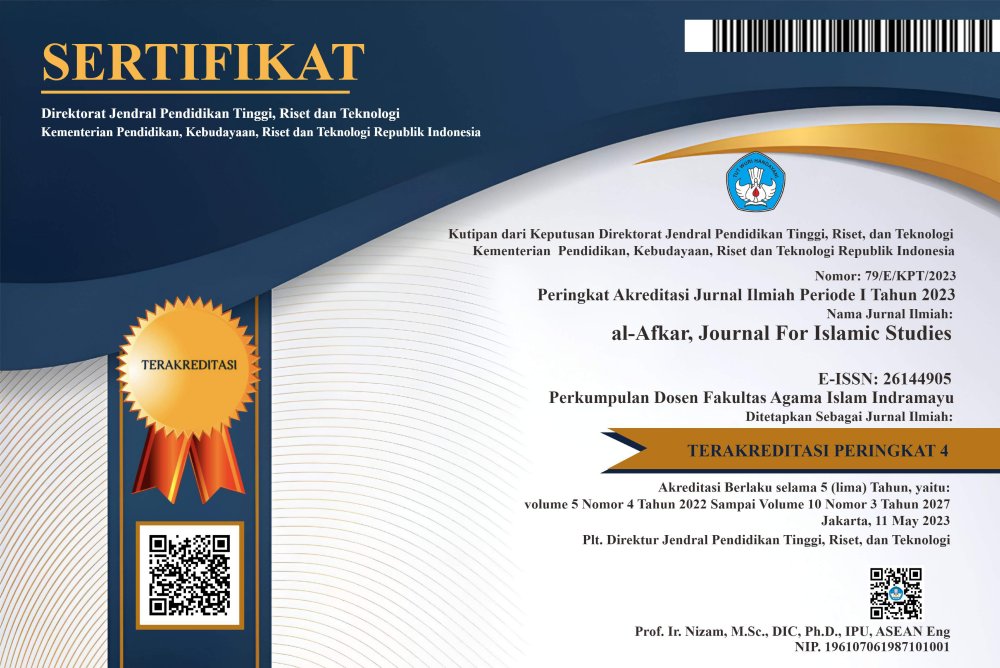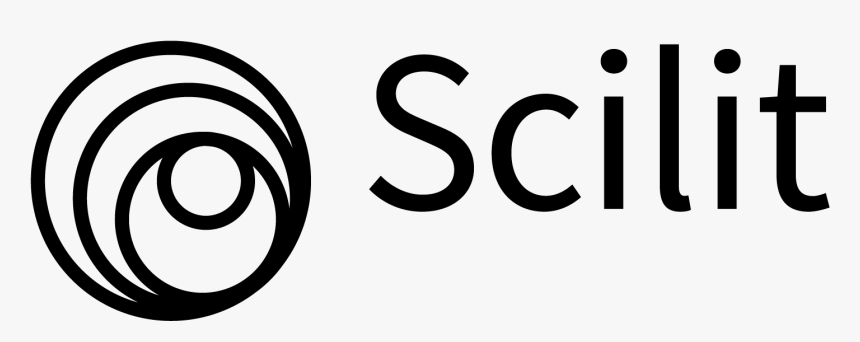The Role of Women and Patriarchal Culture in the Field of Pre-Islamic Marriage Nawal El-Saadawi: A Historiographic Approach
DOI:
https://doi.org/10.31943/afkarjournal.v7i1.887Keywords:
Women, Patriarchy, HistoriographyAbstract
This article aims to review the role of women and patriarchal culture in matters of marriage in pre-Islamic times. This article looks at the history of women from the perspective of Nawal El Sadaawi. The approach used is a historiographic approach. Historiography is a fact-based approach to historical writing. The results obtained, First: that the role of women in the Arab Jahiliyyah period began with a matriarchal system. However, due to the superiority and will of men, the matriarchal system is gradually being eroded and replaced by a patriarchal system. Second, it shows that the power of men who want everything, especially in the field of marriage during the Arab Jahiliyyah era, made patriarchal culture even more common. Until Islamic law came, everything was covered even though there were still many things that needed to be improved. Third, historiography is a scientific approach to the study of historical facts. This shows that marriage in jahiliyyah Arabia was full of chaos.
Downloads
References
Basid, A., & Aulia, I. N. (2018). Ideologi Feminisme Dalam Novel Zeina Karya Nawal El Saadawi Berdasarkan Perspektif Strukturalisme Genetik Lucius Goldmann. Diksi, 25(1), 1–175. https://doi.org/10.21831/diksi.v25i1.14771
Choiriyah, U., & Anam, H. (2023). Pemikiran Pendidikan Islam Imam Al-Zarnuji dan Relevansinya Terhadap Pendidikan Era Modern. Risalah: Jurnal Pendidikan Dan Studi Islam, 9(1), 259–268. http://www.jurnal.faiunwir.ac.id/index.php/Jurnal_Risalah/article/view/410/306
El-Saadawi, N. (2011). The Hidden Face of Eve, terj. Zulhimiyasri. Pustaka Belajar.
Fahmi Ilmy, M. (2020). Eksistensi Feminisme Mesir dan Transformasi Gerakan Perempuan di Indonesia. Al-Maiyyah: Media Transformasi Gender Dalam Paradigma Sosial Keagamaan, 13(2), 146–157. https://doi.org/10.35905/al-maiyyah.v13i2.725
H.Lubis, N. (2008). Historiografi Barat. Satia Historika.
Kaprisma, H. (2018). Representation of Women to Gender Construction: Analysis of Memoar Comparative Literature of A Women’s Doctor and My Hiroko. ELite Journal : International Journal of Education, Language, and Literature, 1(1), 1–8. https://journal.unesa.ac.id/index.php/elite
Kulsum, U. (2017). Nawal El-Saadawi: Membongkar Budaya Patriarkhi Melalui Sastra. 3(1).
Latifi, Y. N., & Udasmoro, W. (2020). The Big Other Gender, PAtriarki, dan Wacana Agama dalam Karya Sastra Nawāl Al-Sa’dāwī. Musãwa Jurnal Studi Gender Dan Islam, 19(1), 1. https://doi.org/10.14421/musawa.2020.191.1-20
Munfarida, E. (2015). PERKAWINAN MENURUT MASYARAKAT ARAB PRA ISLAM. Historis, 10(2), 212–232. index.php/yinyang/article/view/1483
Muzhiat, A. (2019). Historiografi Arab Pra Islam. Tsaqofah, 17(2), 129. https://doi.org/10.32678/tsaqofah.v17i2.3189
Sabiq, A.-S. (1983). Fiqh as-Sunnah, jilid 2, cet. 4. Dar al-Fikr.
Suhendra, A. (2021). Reproduksi Kekuasaan Melalui Teks Keagamaan dalam Reproduksi Perempuan. Journal of Gender and Social Inclusion in Muslim Societies, 1(1), 1–20. https://doi.org/10.30829/jgsims.v1i1.6431
Supriyono, A. (2003). Diktat, Historiografi Eropa Barat Abad Tengah dan Modern. ”. Jurusan Sejarah, Fakultas Sastra, Universitas Diponegoro.
Tindangen, M., Engka, D. S. ., & Wauran, P. C. (2017). PERAN PEREMPUAN DALAM MENINGKATKAN EKONOMI KELUARGA (STUDI KASUS : PEREMPUAN PEKERJA SAWAH DI DESA LEMOH BARAT KECAMATAN TOMBARIRI TIMUR KABUPATEN MINAHASA). Jurnal Berkala Ilmiah Efisiensi, 20(03), 43–68. https://doi.org/10.1201/9781315368153-8
Zed, M. (2008). Metode penelitian kepustakaan,. Yayasan Obor Indonesia.
Zuhri, S., & Amalia, D. (2022). Ketidakadilan Gender dan Budaya Patriarki di Kehidupan Masyarakat Indonesia. Murabbi : Jurnal Ilmiah Dalam Bidang Pendidikan, 5(1), 17–41. https://ejournal.stitalhikmah-tt.ac.id/index.php/murabbi/article/download/100/99
Downloads
Published
How to Cite
Issue
Section
License
Copyright (c) 2024 Khairul Rasyidi, Muhammad Zaky Azizi

This work is licensed under a Creative Commons Attribution 4.0 International License.



















